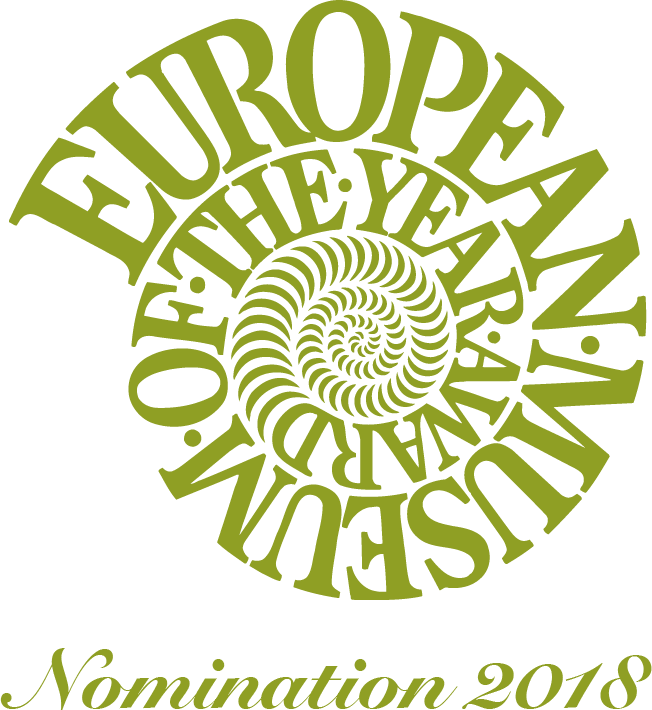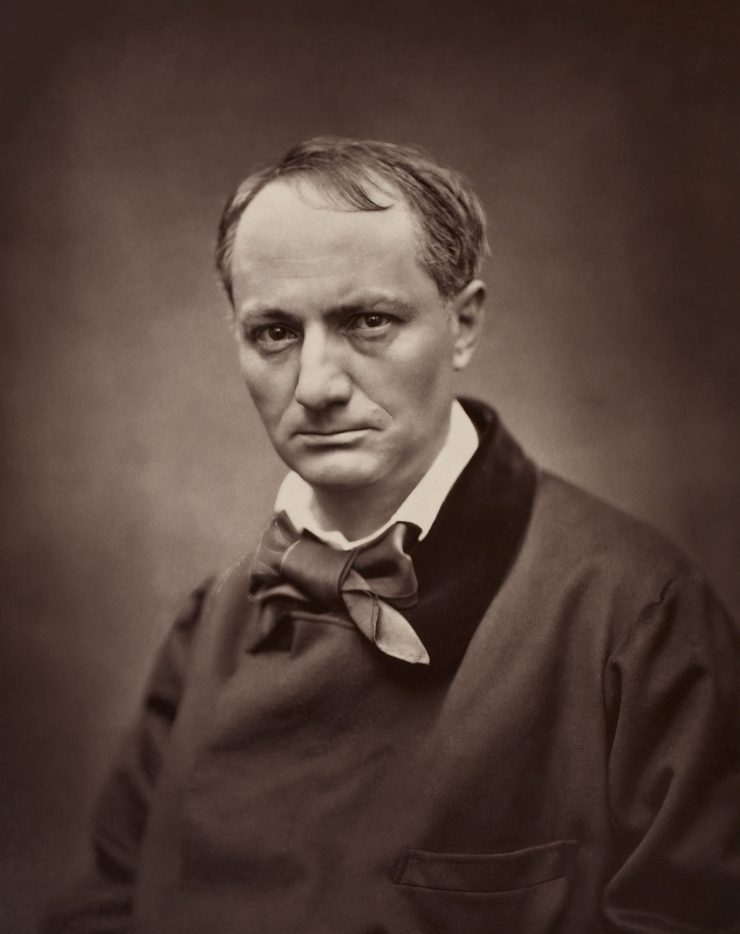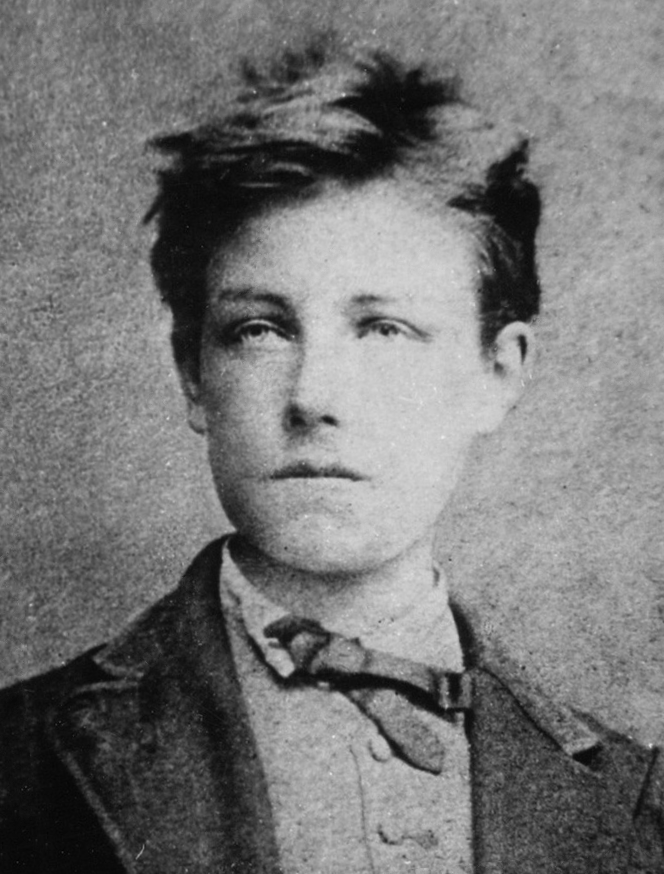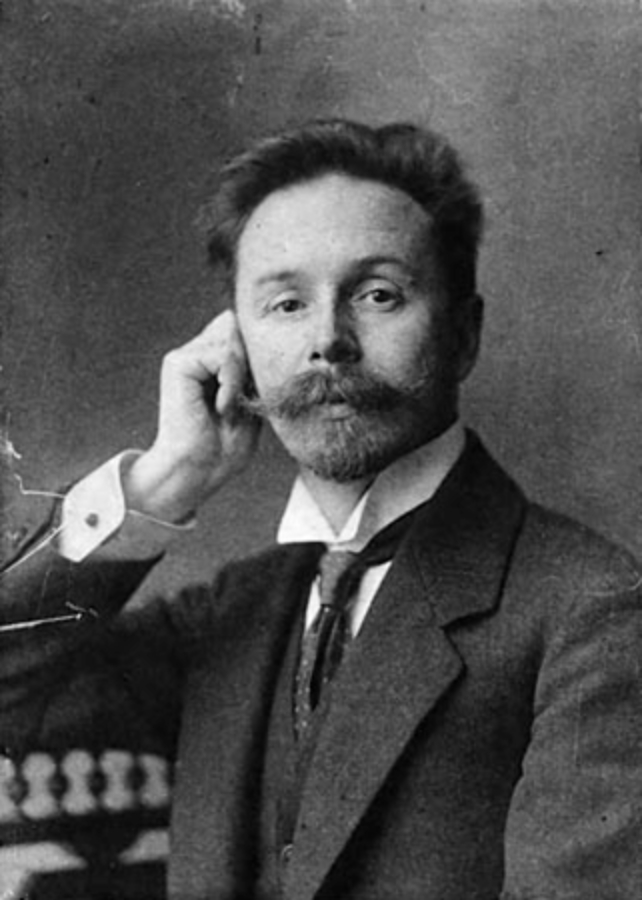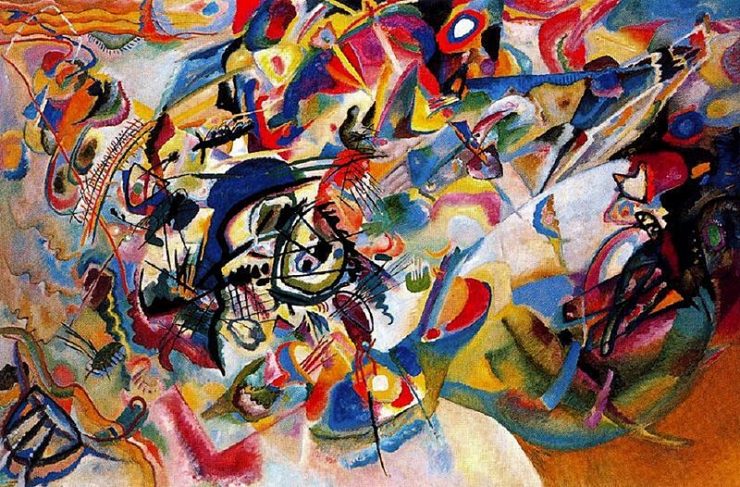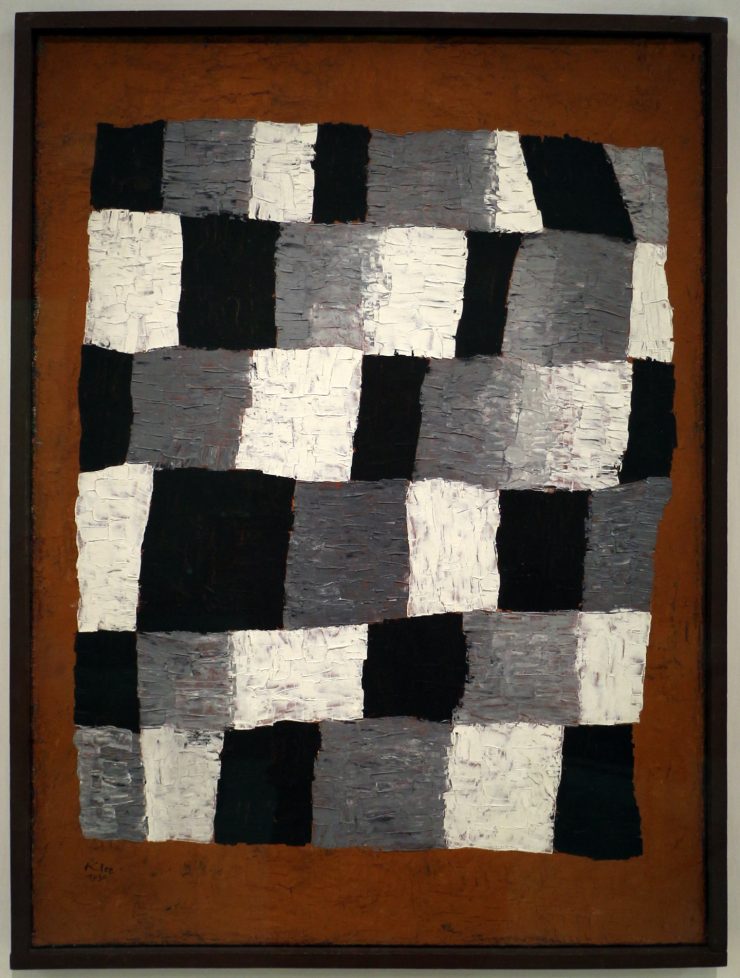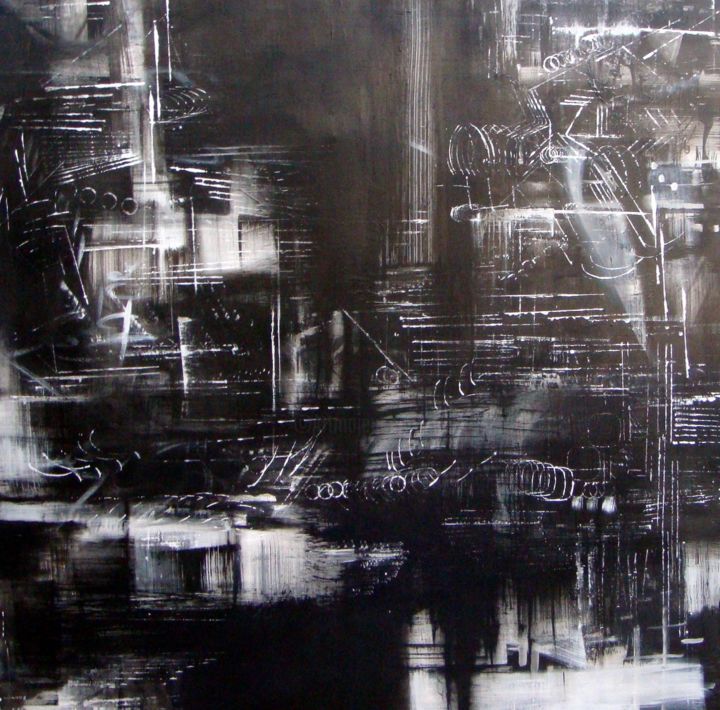Synaesthesia, sunaisthêsis in Greek, literally means ‘simultaneous perception’. The word refers to a subjective experience in which sensory perceptions are involuntarily accompanied by complementary sensations. In other words, synaesthesia is the intersection of several senses. Some people can therefore see music, taste or smell colours.
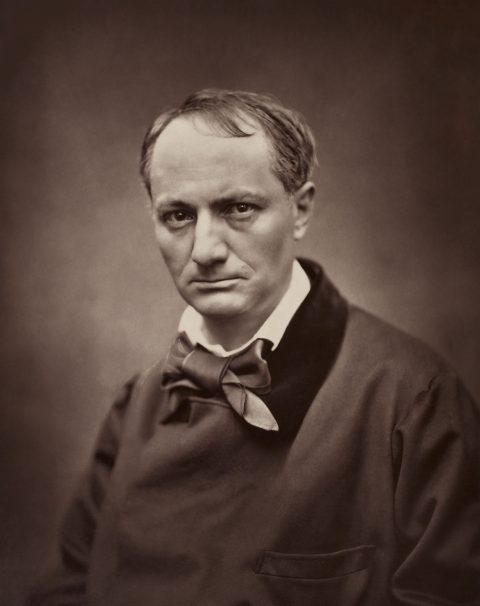
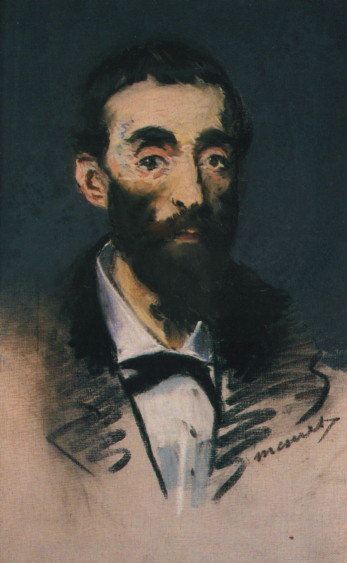
Throughout history, music and art have always existed side by side. Whether through representations of musicians, banquets or musical instruments, entertainment scenes are certainly the first link that can be found between the 3rd and 4th arts. Nevertheless, in conjunction with modernity, creators increasingly focused on the real and intangible link that could unite the different types of creation. The nineteenth century was particularly witness to these theories, as witnessed by the composer Ernest Cabaner, who used to colour the notes of his scores,or the poet Charles Baudelaire, who claimed in his
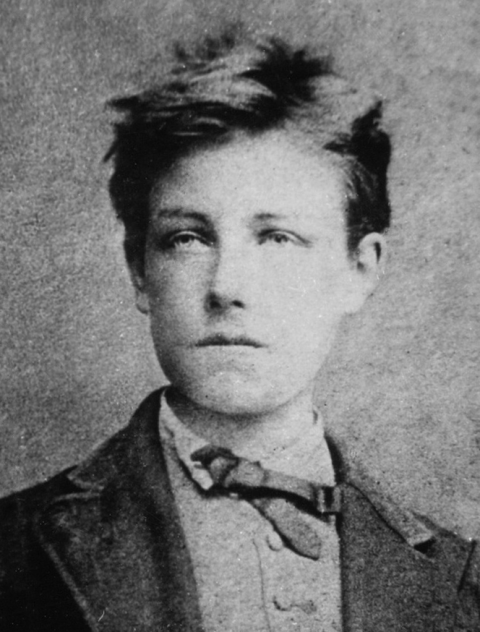
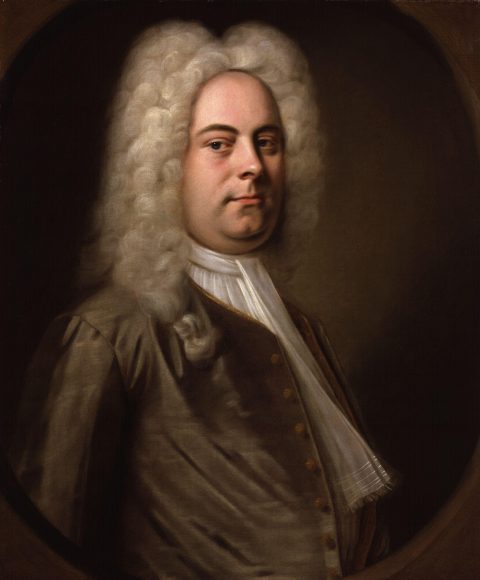
“Correspondence”: Like long echoes that merge from afar […] Perfumes, colours and sounds respond to each other. Arthur Rimbaud, for his part, spent several years searching for a language that would unite perfumes, sounds and colours, while Stendhal wrote “Lives of Hayndn, Mozart and Metastasius”, a work in which he drew a comparison between painters and musicians. According to the writer, Georg Friedrich Handel was the Michelangelo of music, Christoph Willibald the Caravaggio and Jean-Baptiste Pergolesi the Raphael. Shortly afterwards, the Russian composer and musician Alexander
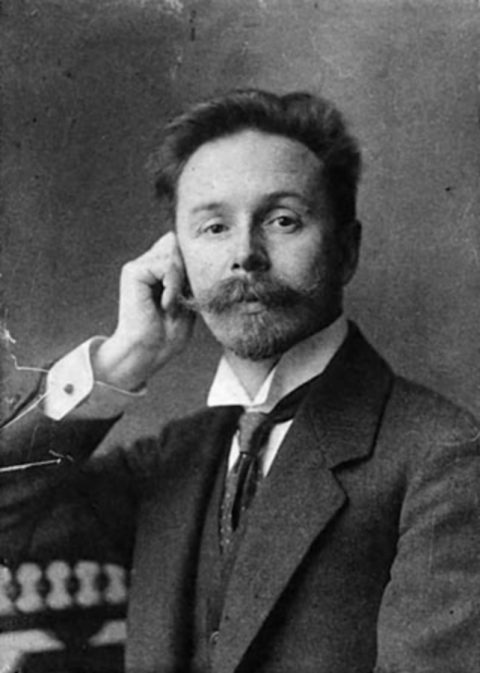
Scriabin began to expound his synaesthetic theories with the aim of uniting all humanity through a total and absolute art. To this end, he set about creating Mysterium, a composition that would allow the public to see, hear and feel. He also imagined a light keyboard for his Poem of Fire, as well as a perfume organ. However, his premature death marked the end of his project.
With the 20th century and the emergence of the avant-garde, the link between these two sensory domains became more emotional and conceptual. Together with the chromatic liberation of Fauvism and Expressionism, and later of Abstraction, painting gradually came closer to the subjective aspect of music. The synesthetes then encouraged their audience to see the music and listen to the painting.
These theories were mainly developed by the Russian Wassily Kandinsky in his work “On the
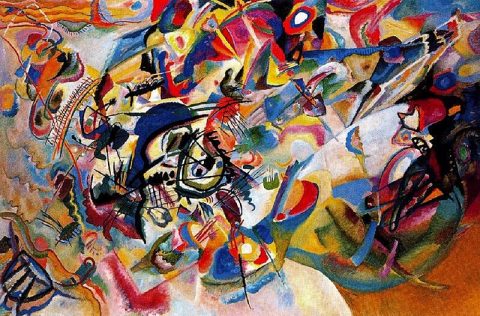
Spiritual in Art and in Painting in Particular”, published in 1911. The artist, who was also a great musician, emphasised the fact that, for him, shapes and colours produced an inner resonance and vibrations. Through his works, Kandinsky expressed his impressions and sensations without any external or realistic reference. He even went so far as to give each colour a melodic equivalent. In his representations, green refers to the meditative sound of the violin, while orange is close to the powerful voice of a contralto. White is silence. His works, which are considered to be the very first abstract productions, are thus thought out, constructed and rhythmically structured like musical scores.
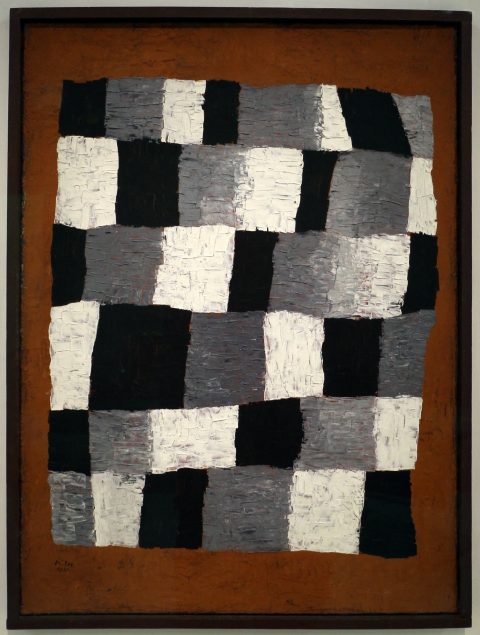
Paul Klee, on the other hand, gave equal importance to form and colour. In his book “Theories of Modern Art”, published in 1925, the artist developed his theories on movement and rhythm, which he materialised through the symbol of the chessboard and repetition.
Today, Bruno Keip collaborates with symphony orchestras to create his works in the form of performances. For him, each sound is equivalent to a stroke and each stroke is similar to a musical note. In contrast, the Andorran musician and composer Oriol Vilella was inspired by KHRÔMA’s artworks. The emotional world of colour, to create an original soundtrack. Through the chromatic palette used by each of the artists, Oriol was able to give a new emotional and sensory dimension to the paintings.

